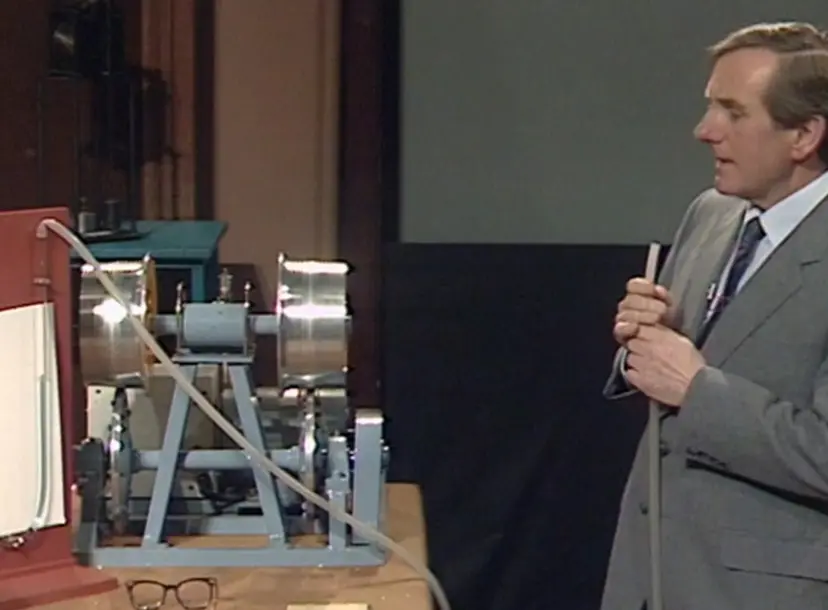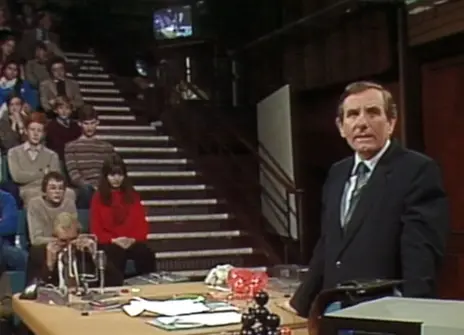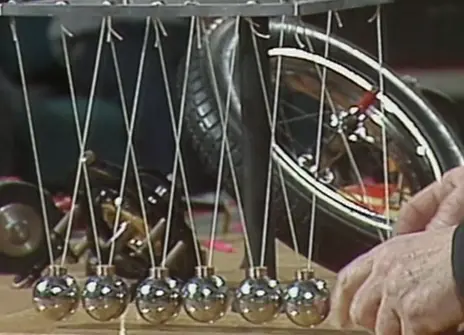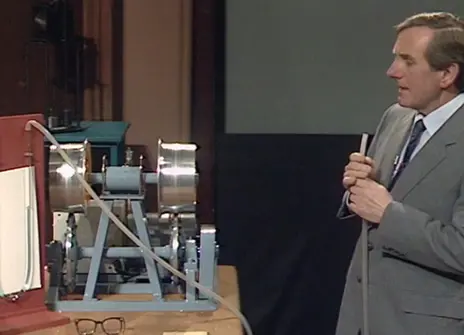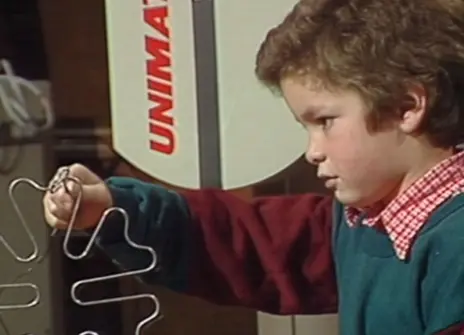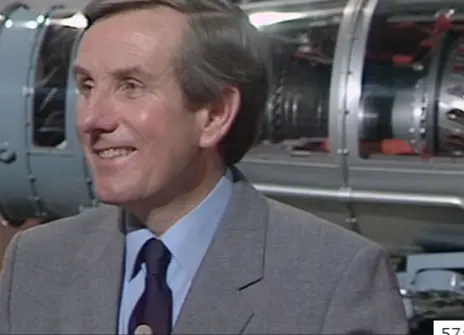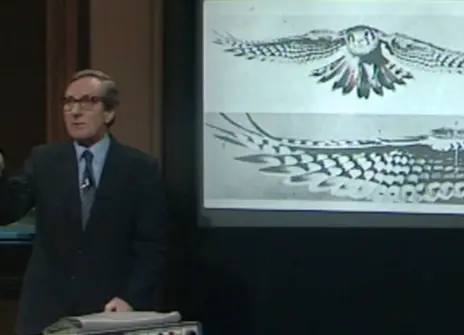Lecture 3 - Vibration
From the 1983 lecture programme:
Vibration is a very familiar phenomenon. Our hearts beat, our arms swing and we respond to air vibrating in our ears. In the world of machines, major advances have been made by engineers in recent times not only in the understanding of mechanical vibration but also in reducing it in practice. As the speed and the performance of machines continue to increase, the subject is becoming of increasing importance. Hardly any moving part is now made without some consideration of vibration and, in cases where life and limb are at risk, it is vital. We shall explore the different types of vibration to which machines and structures are susceptible, and we shall investigate how their natural tendency to vibrate can be countered.
About the 1983 CHRISTMAS LECTURES
From the 1983 lecture programme:
The world is full of movement it may be fast or slow, short-lived or long, simple or complicated. In the realms of nature, living creatures have developed astonishingly varied means of locomotion to propel themselves on land, in the sea and in the air. And in engineering, we have learned how to make machines, usually involving motion of one kind or another, for many useful purposes. All depend on the same physical basis of motion. Many famous men have contributed to our understanding of the subject, whether the motion is on the large scale as in the heavens, or on the small scale as in the atom; many others have developed machines that can move faster, further or more accurately; some have done both. In these lectures, we shall be looking at the ways in which our knowledge of the subject continues to grow. We shall also explore how it is being used to extend the extraordinary variety of machines created for our use and convenience. In the future as in the past, it will be the task of the engineer to discover new ways of doing things and to invent, design and make the new machines. All our experience suggests there are exciting prospects ahead that as yet we can hardly imagine.
